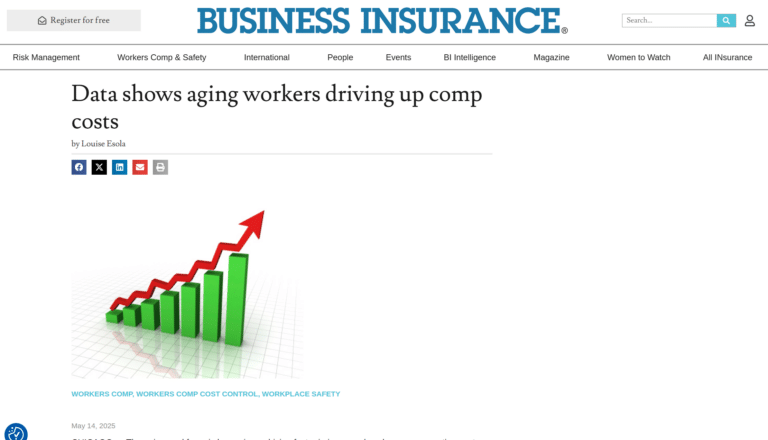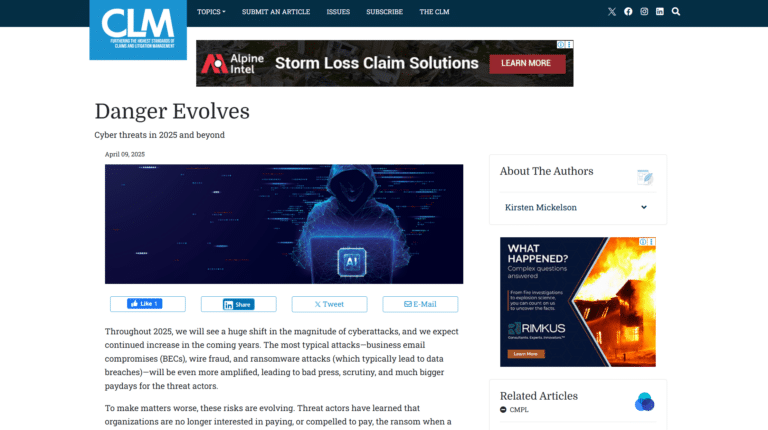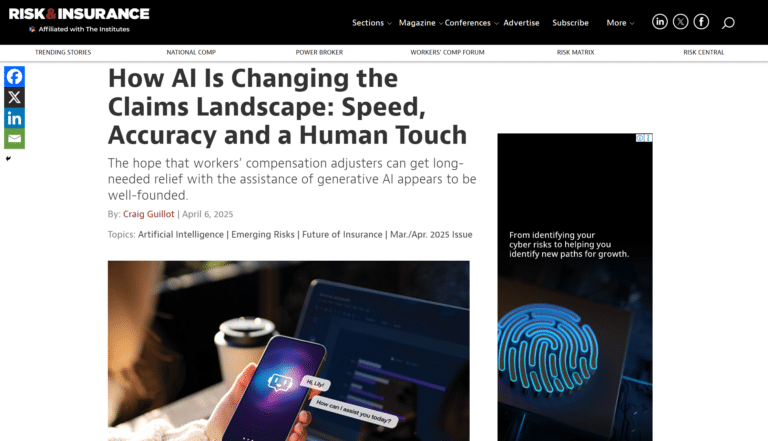Critical for employee management, performance reviews have always been an important conduit for leaders to guide teams toward mutually rewarding outcomes. COVID has been a catalyst to reinvent the future of work – especially for those managers committed to taking the opportunity to make things better than they were before. Along with work practices and priorities, people management has had to adjust to meet the evolving work landscape, particularly where leaders are engaging remote and isolated teams.

Read on for Dawn Griffin and Joe Berrios’s advice on adapting the performance review process to reflect the new virtual reality, pitfalls to avoid, and how to harness opportunities to develop strengths for your business through meaningful discussion.
Q: How do we ensure tech can be used to manage expectations?
Over the past year, managers and teams have faced many challenges around accountability and performance, adjusting expectations, and team engagement.
Berrios: Where you might have relied on daily desk check-ins and more formal quarterly meetings, the rules have changed for how to communicate your performance expectations. It is vital to commit to regular touch points, in addition to formal reviews, to help managers and employees feel more comfortable with the new working environment.
Whether it’s a daily call or weekly KPI check, don’t let other pressures cut into your commitment to these check-ins. It’s really easy to push back meetings that you may not see as ‘essential’, but if ignored for too long it can have a damaging impact on how your team feels connected to the broader organizational picture.
Griffin: Ironically, I’ve seen more of my colleagues around the world via digital technology in recent months as we hold team meetings by video conference, conduct stewardship meetings on line, prepare for and do capabilities presentations, and attend virtual webinars and conferences. But, when it comes to motivating your team to help them work effectively in the new normal, it’s important to convey the different ways for employees to fulfill their roles remotely and assure them feedback will be provided in coaching discussions.
Whether it’s utilizing status messages in Jabber to show when someone is on-or off-line or putting pen to paper on a flexible work plan, there are many ways you can make sure your team knows you understand the situation they are working in and are connected with them so they don’t fall short. Early identification of an achievement or an employee challenge supports stronger team engagement; the importance of this is heightened when you are unable to work together in person. When it comes time to your coaching discussions, take advantage of the many digital formats available so your discussion can take place in a way that works best for each employee’s individual feedback needs. Employee embrace and performance accountability go hand-in-hand to ensure performance success.
Q: How do I have successful on-screen reviews?
Berrios: A lot can get lost in technological translation, so when it comes time to planning your performance reviews make sure you have a few key strategies in place. Start by setting a date for the review with a clear agenda and at a time/format that works for your team member. Work with them to understand whether they would respond better at the start, middle or end of the day and whether they would like to include video or simply via audio. Some employees may prefer to receive written feedback in advance and then have a verbal discussion with you once they’ve processed the feedback.
Whatever their unique feedback needs may look like; ensure you’ve shared an agenda in advance, so they know what to expect. Then, clearly communicate concrete, measurable performance indicators for the role in the new environment. For example, ‘be innovative’ is not measurable, but ‘collaborate with people from different functions and perspectives to deliver three innovative solutions per quarter’ is.
As always, it’s important to balance feedback on growth areas with feedback on the employee’s strengths. Practice empathy and active listening to ensure you truly understand the challenges that they have faced and the support they need to do their best.
Griffin: The most important part of having a successful virtual review is demonstrating how you trust your employee to do their job right, with the right tools. By explicitly communicating that the organization recognizes the impact of this strange time on an employee’s energy, personal life, and time management you will build a stronger rapport.
Q: How do I reward those who have risen to the challenge while supporting those who have needed to ‘lean out’?
Berrios: Compassion, although important, is not enough; companies must ensure that their managers have the tools they need to adjust their performance expectations fairly and effectively. If managers don’t feel empowered to support their team’s new needs, no one wins. In all cases, a fair amount of empathy will go a long way in helping to communicate how we can all work better together to achieve demonstrably better outcomes.
Griffin: Make sure to recognize the individual challenges each team member is facing and find ways to reward those who have gone above and beyond and those who have had to overcome more challenging personal circumstances that prevented them from doing the same. For those who had to ‘lean out’ as they struggled with the pressure of the pandemic, this could look like a hamper of goods to support them to practice self-care or build a healthier home office environment. For those who rose to the challenge, find a way to privately recognize, celebrate, and thank them for their contributions.
Q: What do we do if the review goes poorly?
Berrios and Griffin: Simply put, try again. As with any difficult management conversation, make sure you work through any lingering concerns, uncertainties or tension with employees who didn’t respond well to their review. Close the loop completely and seek out alternate ways to resolve their, and your, challenges.
To learn more about maximizing digital performance reviews, connect with our team today or read our white paper on the global trends defining the future of the carrier workforce.






